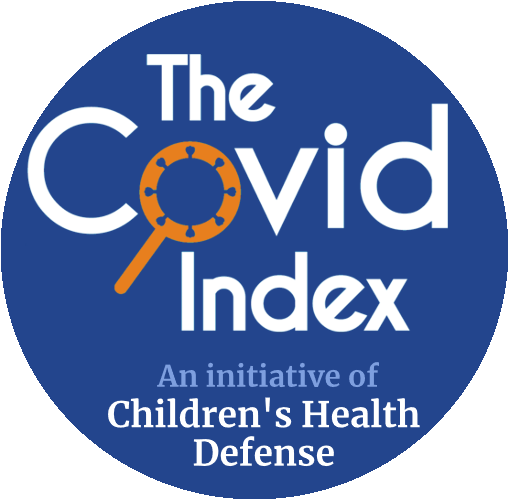“'Summary of Conclusions
... 8. Frameworks and plans articulating the evidence and role for nonpharmaceutical interventions need to be established: ... During an emergency, it should be expected that implementation of some NPIs [non-pharmaceutical interventions], such as travel restrictions and quarantine, might be pursued for social or political purposes by political leaders, rather than pursued because of public health evidence…
How can the world better prepare for outbreaks caused by high-impact respiratory pathogens?
Nonpharmaceutical Interventions: ... In the context of a high-impact respiratory pathogen, quarantine may be the least likely NPI to be effective in controlling the spread due to high transmissibility. To implement effective quarantine measures, it would need to be possible to accurately evaluate an individual’s exposure, which would be difficult to do for a respiratory pathogen because of the ease of widespread transmission from infected individuals. Quarantine measures will be least effective for pathogens that are highly transmissible, have short incubation periods, and spread through true airborne mechanisms, as opposed to droplets. As with travel restrictions, quarantine appears to delay the introduction of highly transmissible diseases but not prevent their spread entirely. Quarantine measures also appear more effective with pathogens that had a longer incubation period, such as measles, compared to those with shorter incubation periods, such as influenza. Experiences with quarantine during the West Africa Ebola epidemic highlight the added difficulty of implementing such measures on a large scale, which would only be more difficult in the case of a highly transmissible respiratory disease.”
Copyright © 2019 Johns Hopkins University
Web Policies for Johns Hopkins Bloomberg School of Public Health
https://publichealth.jhu.edu/web-policies
"Copyright of the text contained in this website is owned by The Johns Hopkins University. These text materials may be used, downloaded, reproduced, publicly displayed, or reprinted for personal or nonprofit educational or research purposes provided that the following attribution appears in all copies:
"Reproduced with permission of the Johns Hopkins Bloomberg School of Public Health, Baltimore, MD." Written permission is required for all other uses. The text reproduced from this Web site must not be modified in any way."
The site may also contain graphic images and other non-text-based materials. All rights to these materials are reserved to The Johns Hopkins University and/or the copyright owners who license such materials to us. Prior written permission to use, download, reproduce, publicly display, or reprint any of these materials must be obtained from the Johns Hopkins Bloomberg School of Public Health or other copyright owner.
